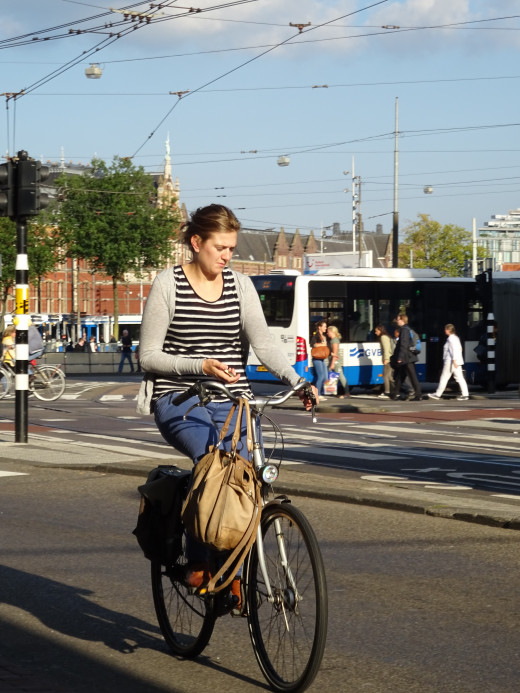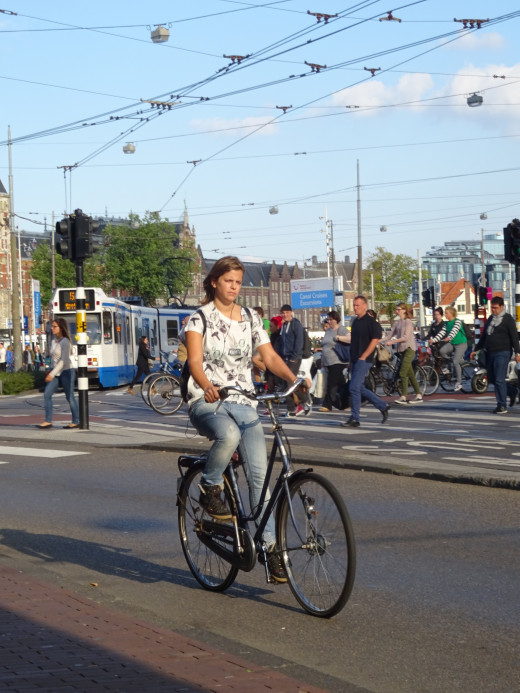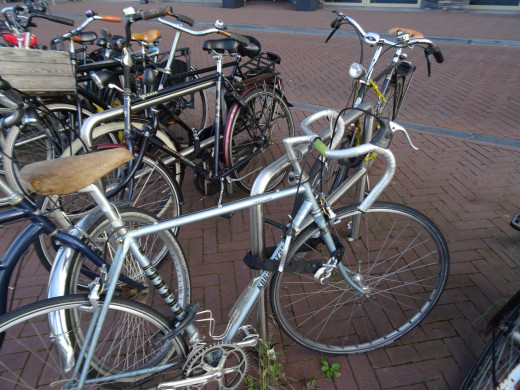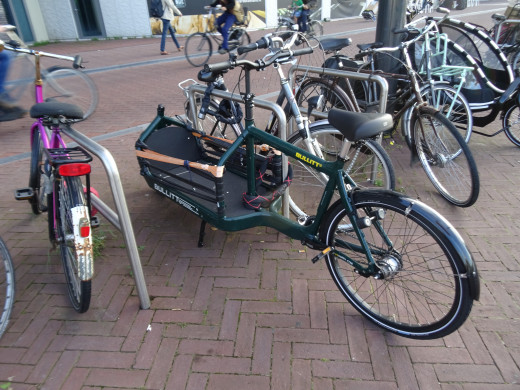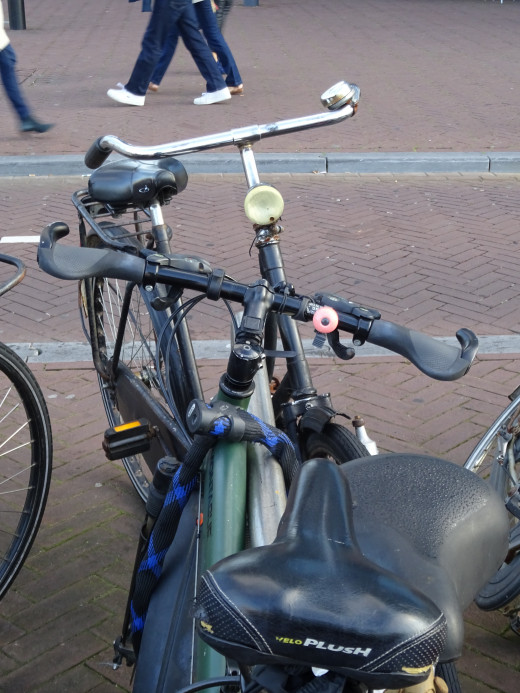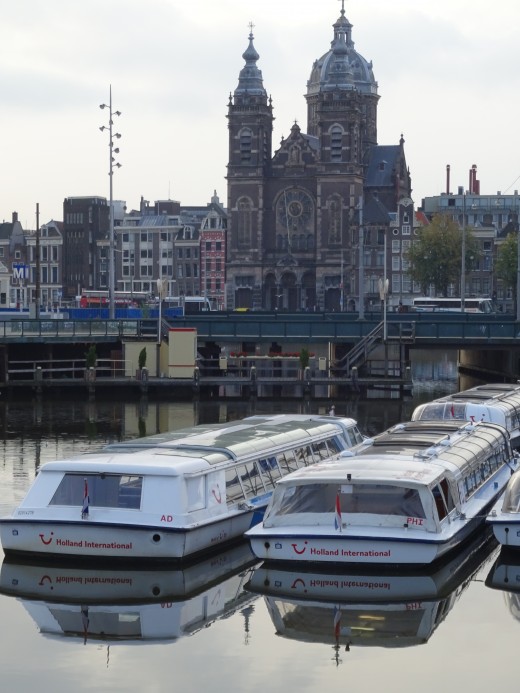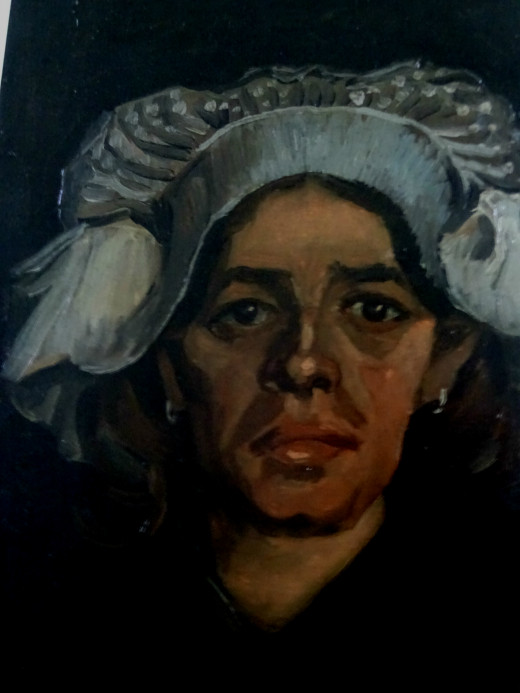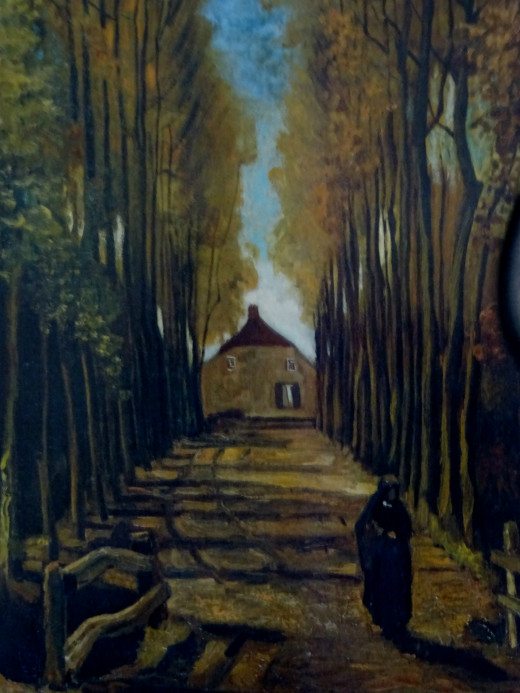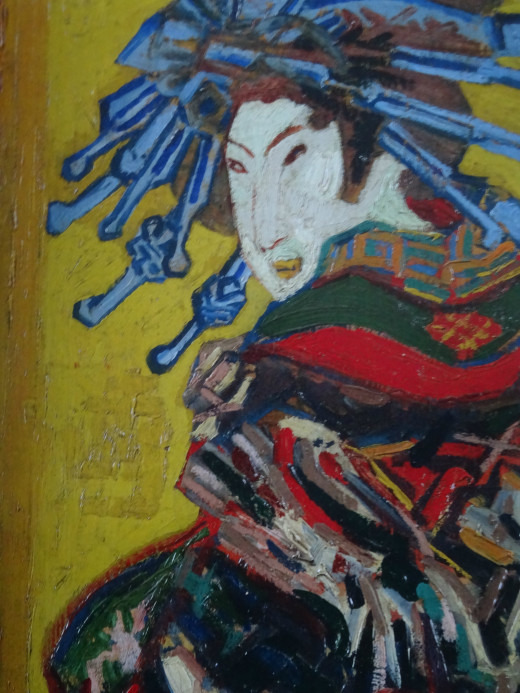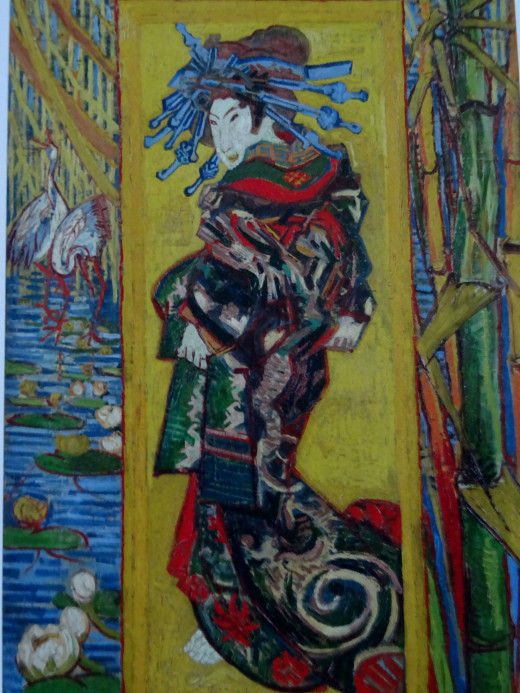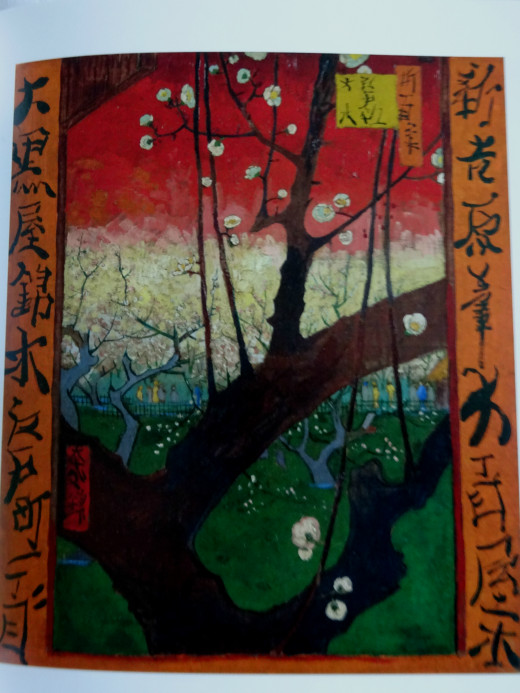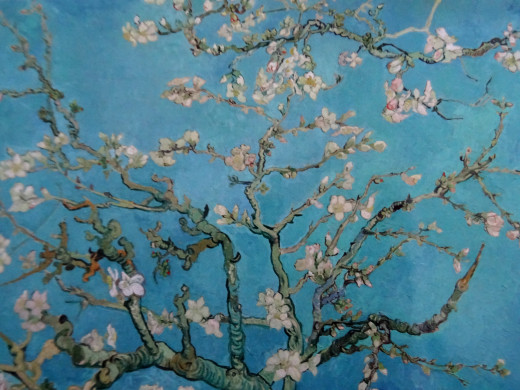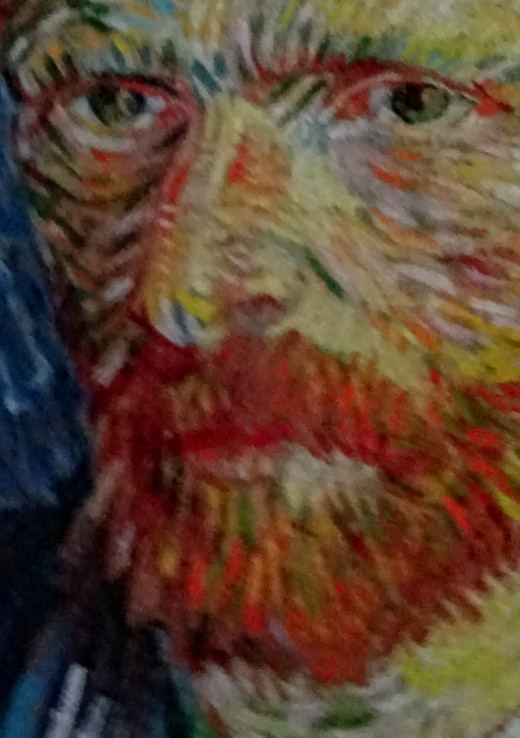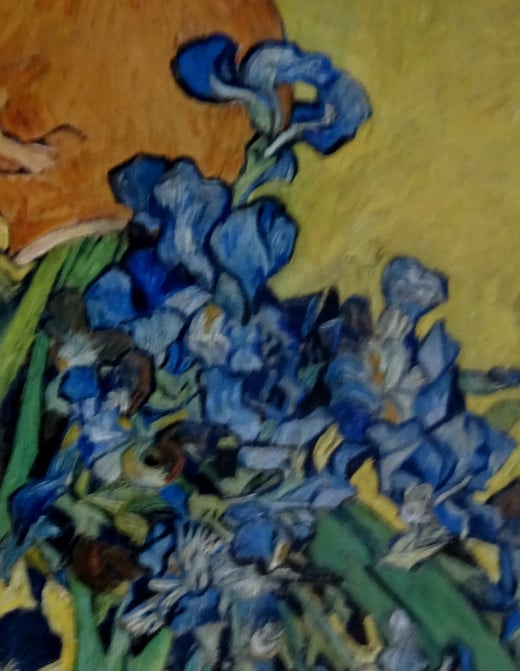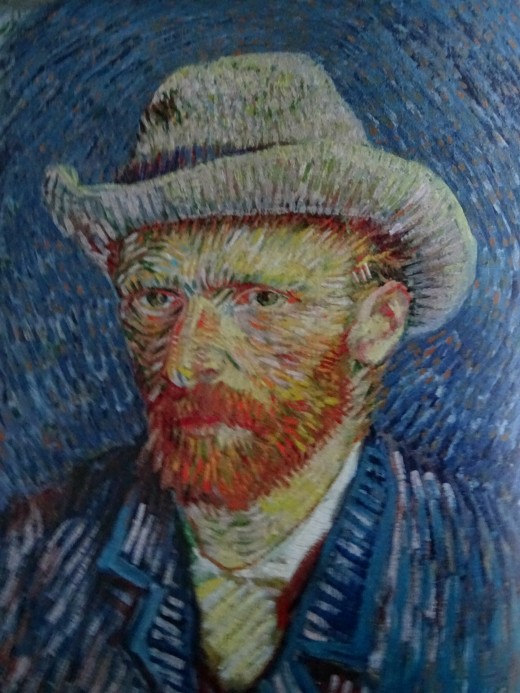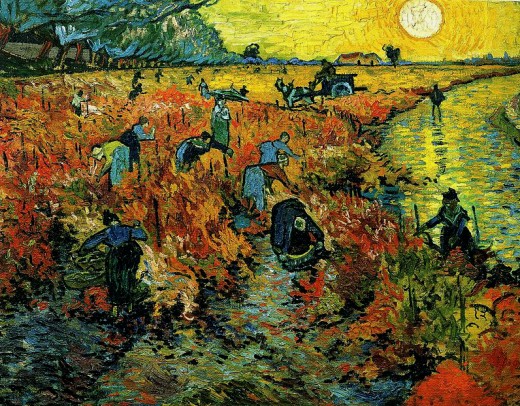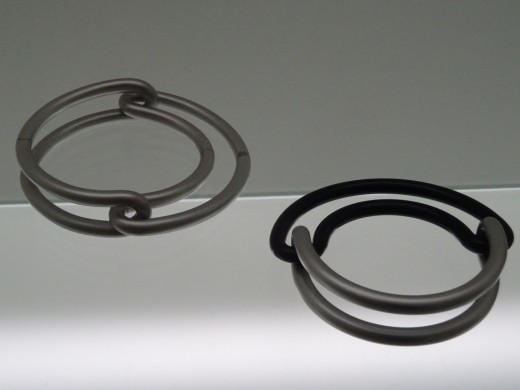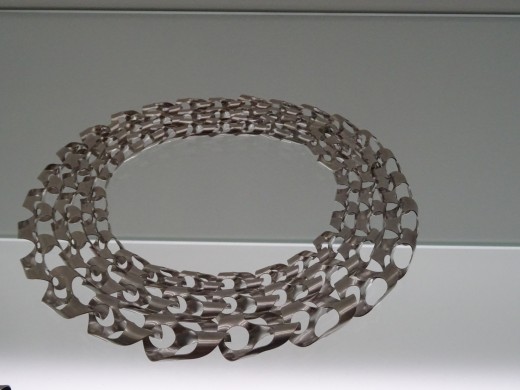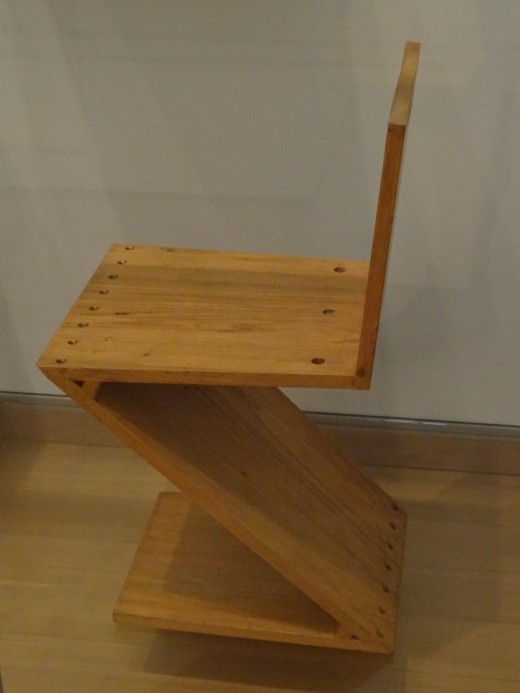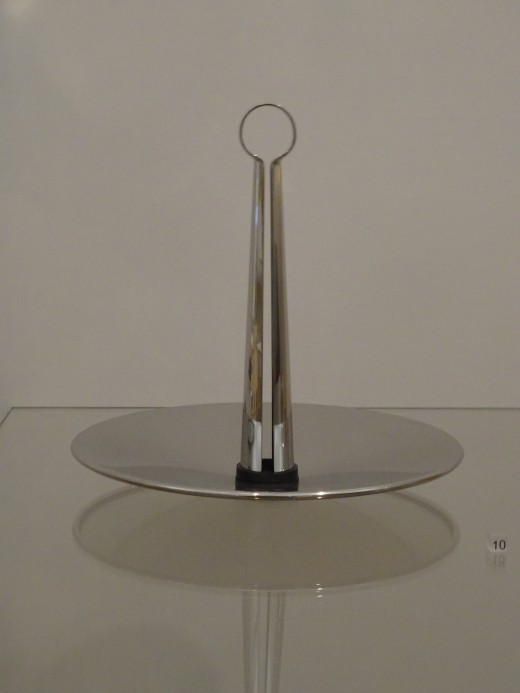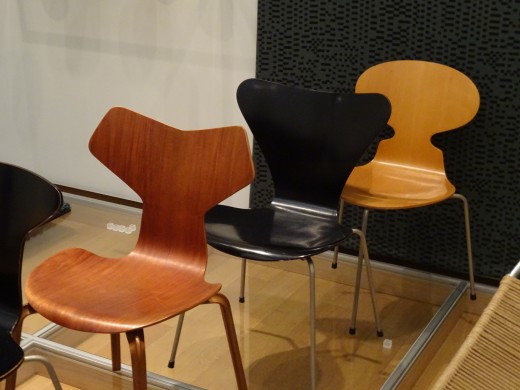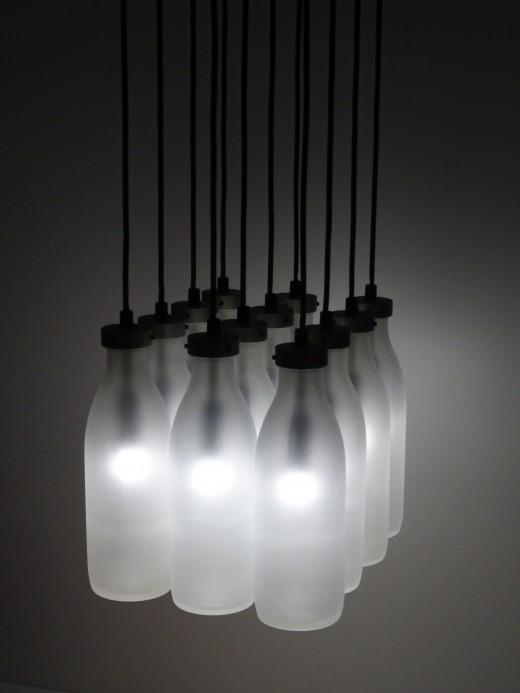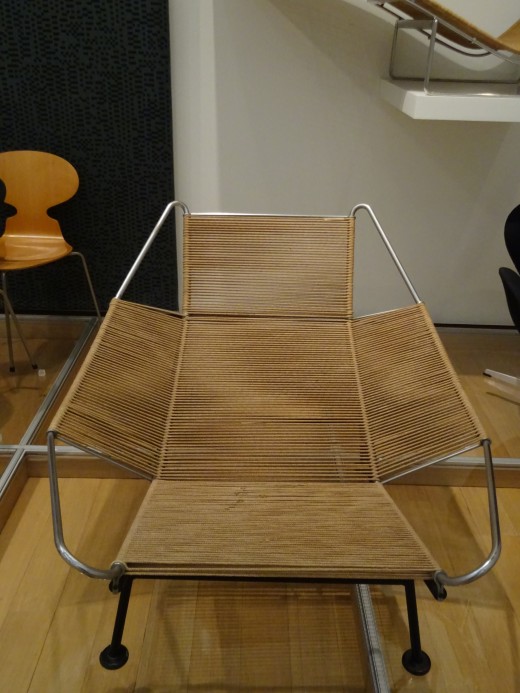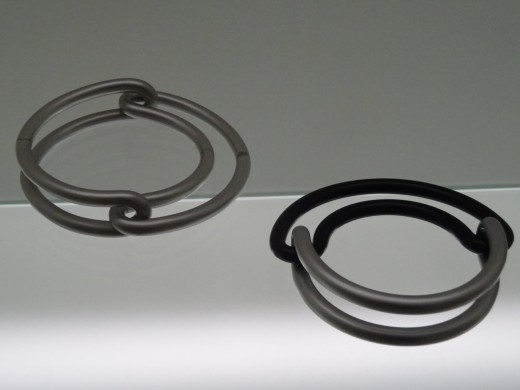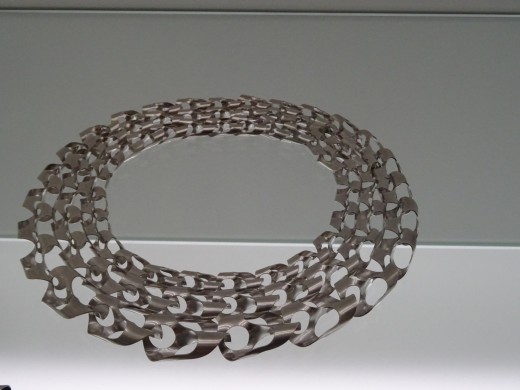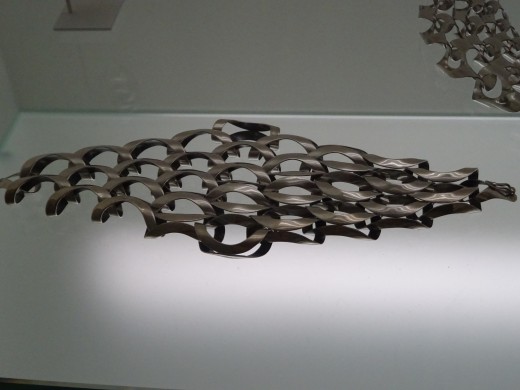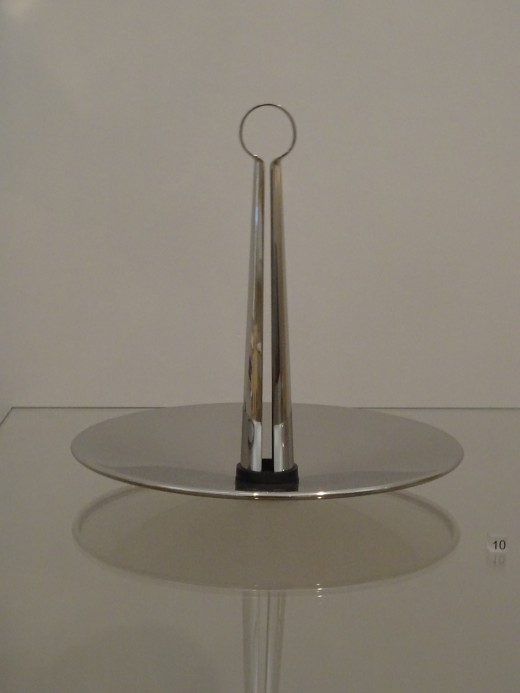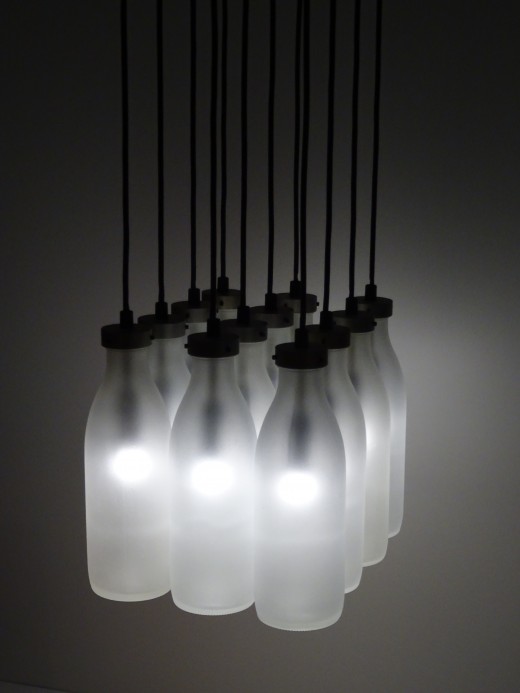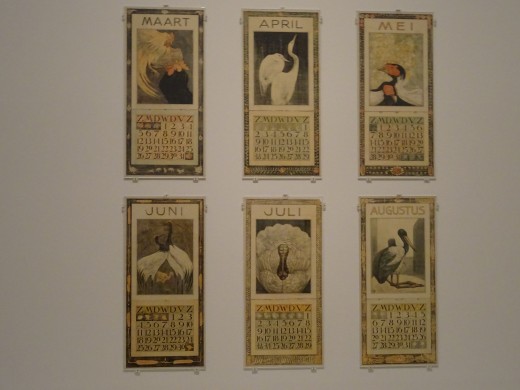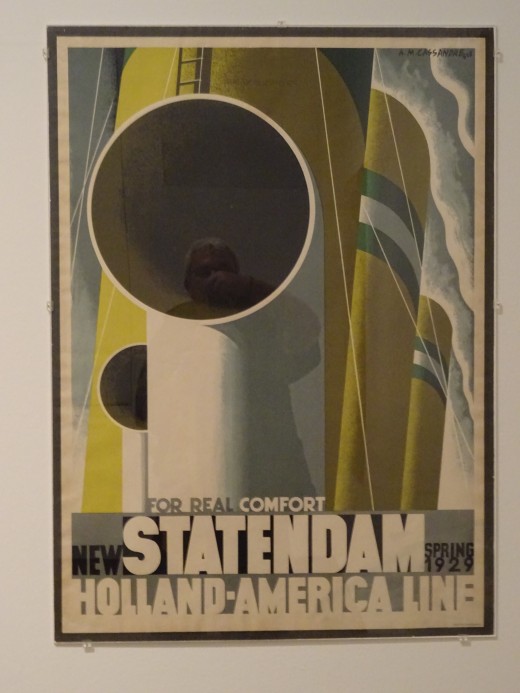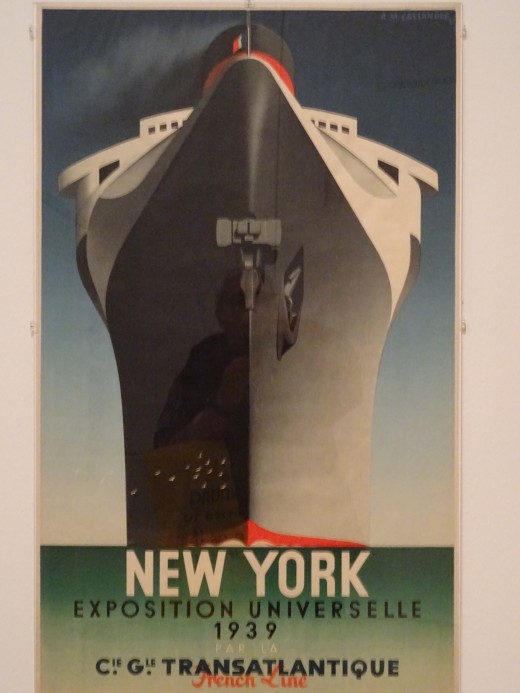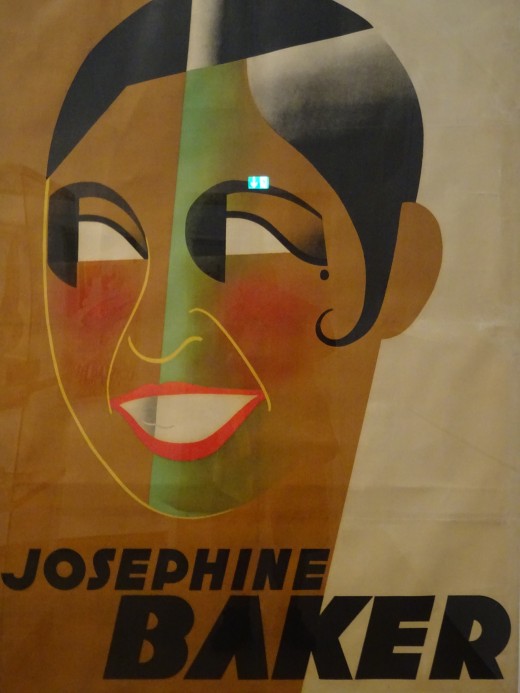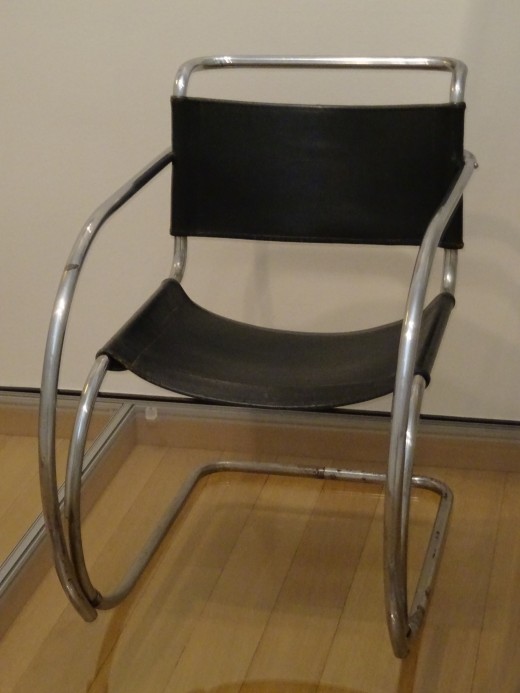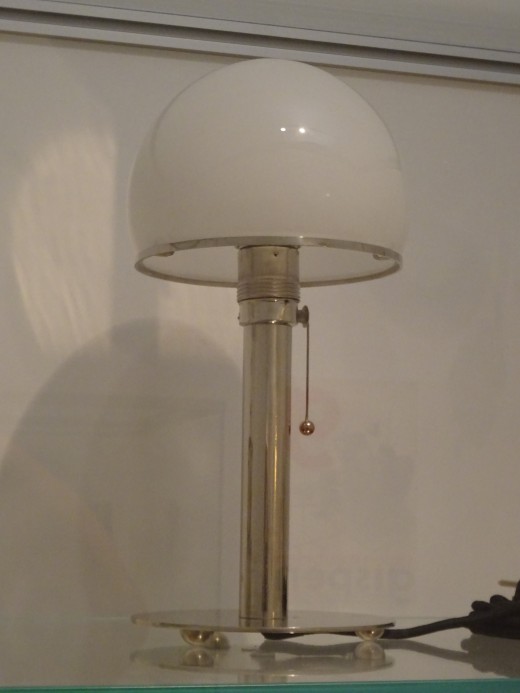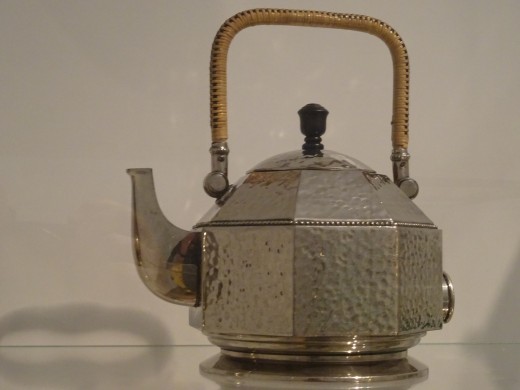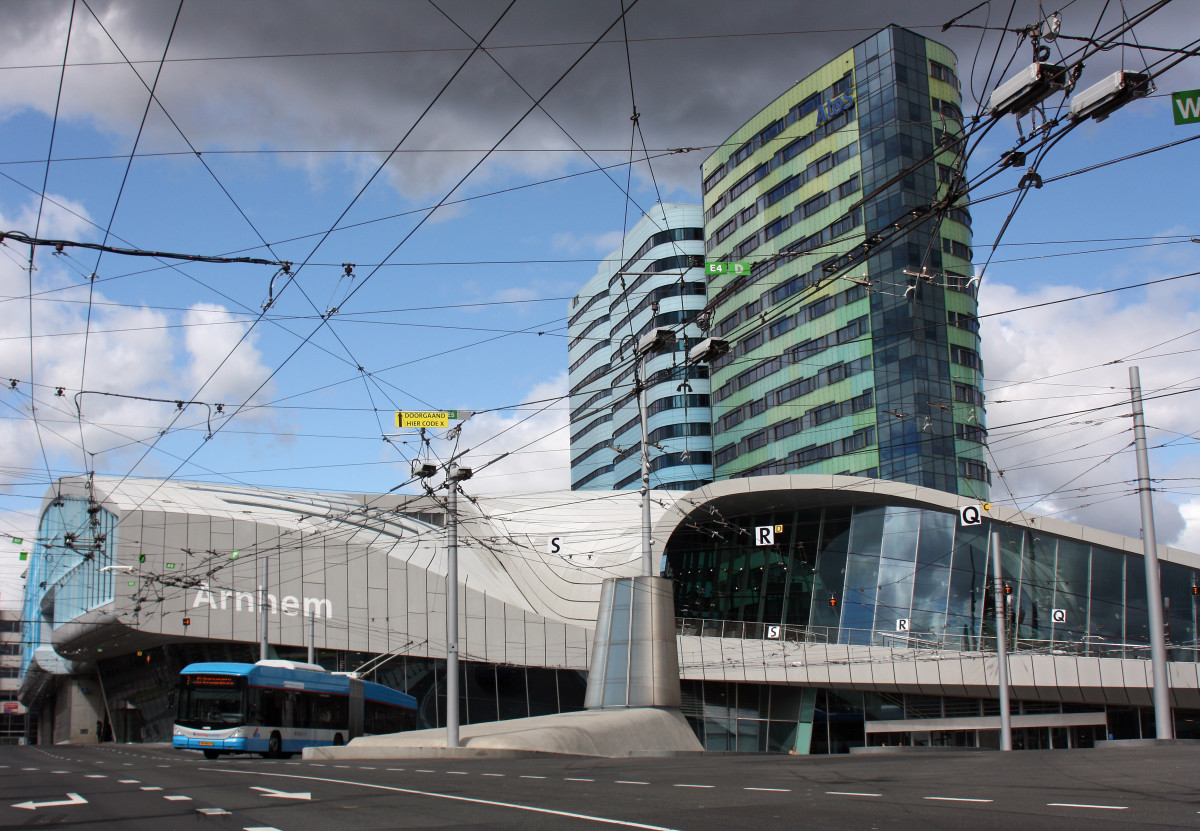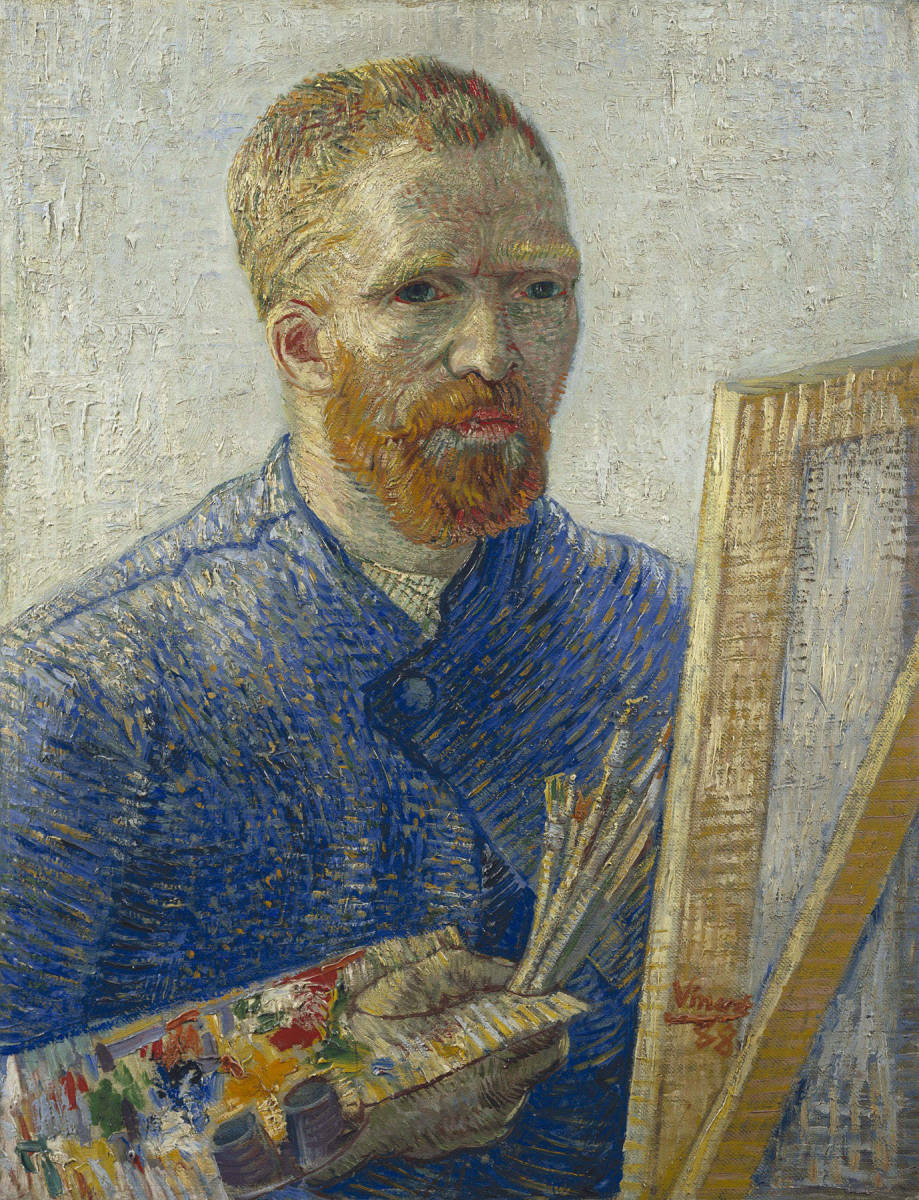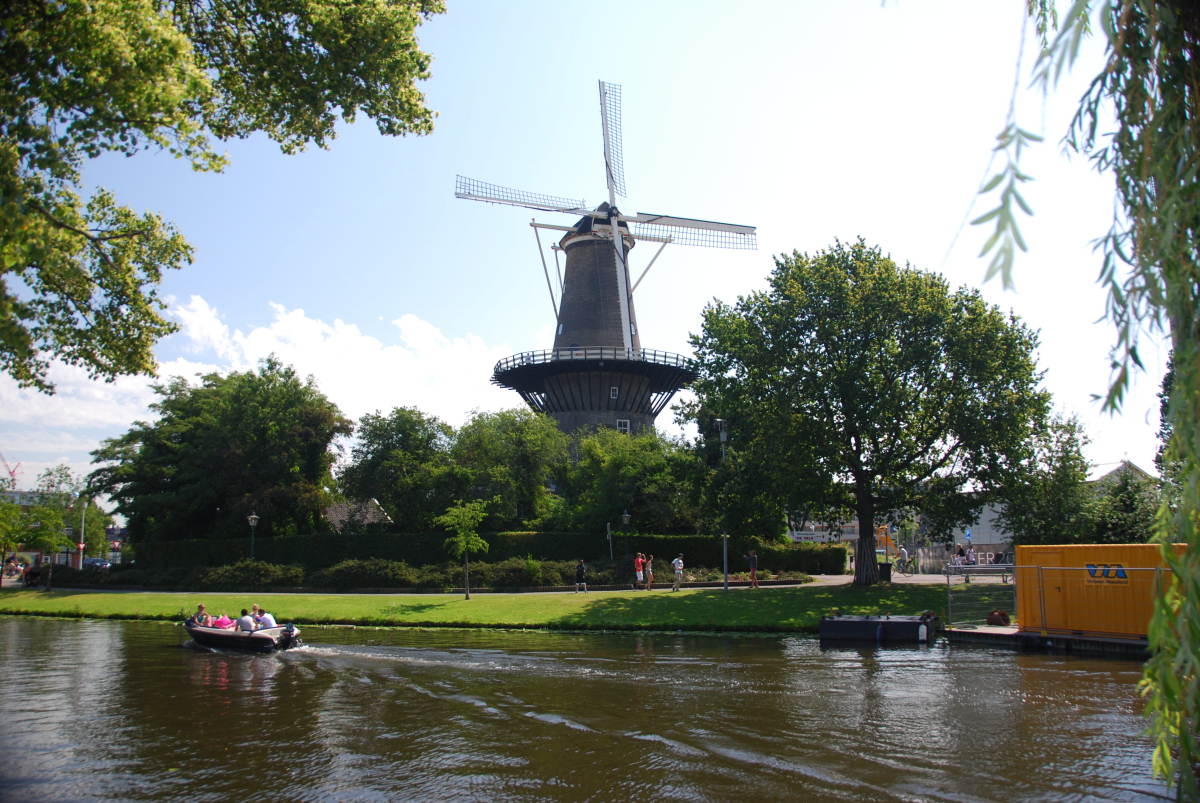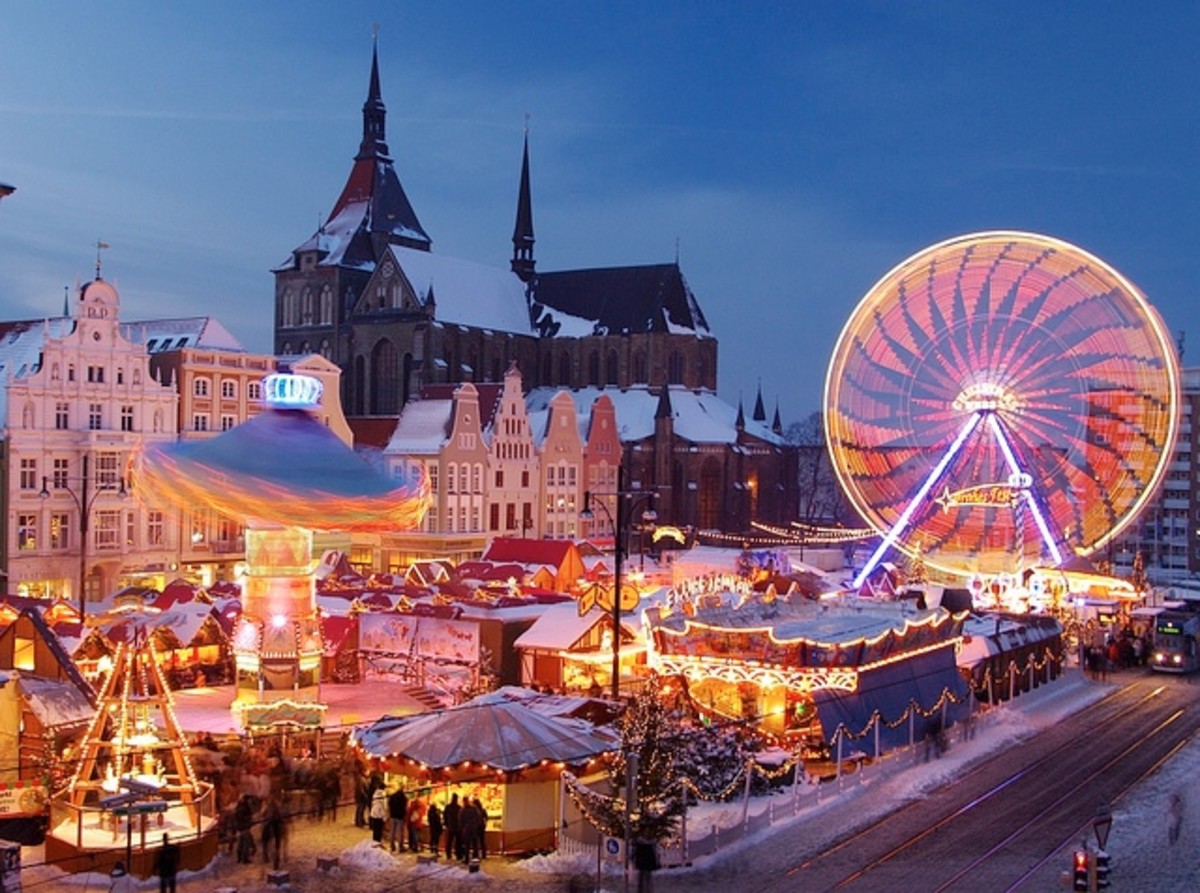Visiting Amsterdam, Netherlands - Canals, Bikes and Fabulous Museums
The three key features of my three day visit to Amsterdam were the profusion of bikes, the canals and the outstanding museums many of which are groups together, which makes visiting them much simpler.
The van Gogh Museum was outstanding not only for its collection of works, but also because of the fascinating research that is displayed in the Museum. The Rijksmuseum and Stedelijk Museums are also excellent and well worth a visit.
The experience of Amsterdam like a wine improves with age and the longer you experience it, Starting from the railway station is probably a cause for a poor initial reaction, common when using trains to travel through Europe.
A snap-shot of my notes when visiting Amsterdam is shown below.
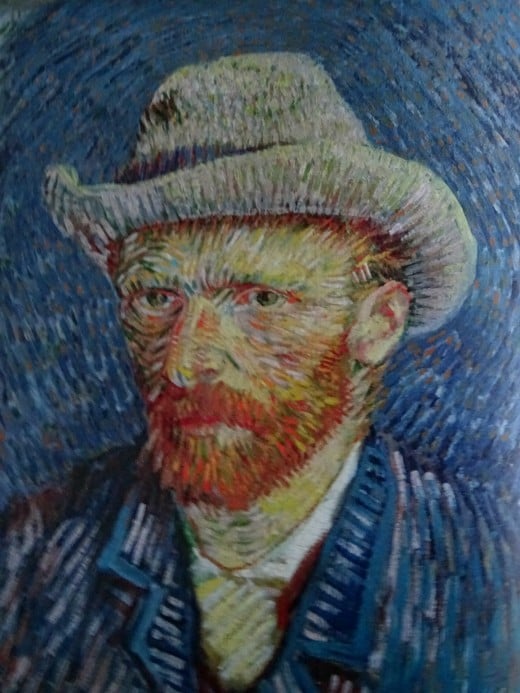
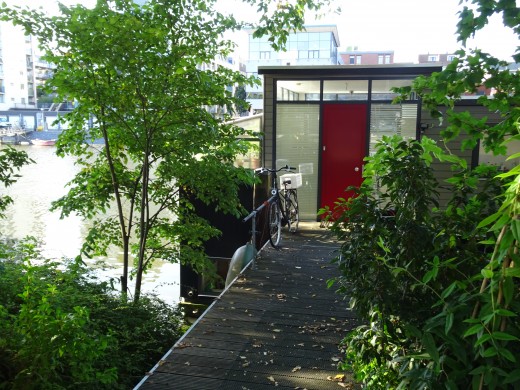


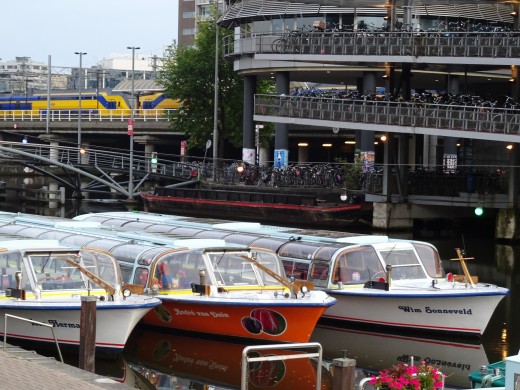
Bikes in Amstredam
Amsterdam is noteworthy for its bikes. Visitors soon learn to watch out for them on the bike paths along the road and footpaths. The Vespers and other step-throughs share the same bike paths all when not wearing helmets. The only bike helmets I saw were worn by police officers. The piles of bikes are everywhere. Strangely the piles of bikes do not diminish overnight, as they would if people were riding them home. I was told that the bike storages were convenient free garages.
Most bikes are fitted with extremely heavy chains, that would be at home for securing ships, suggesting a high rate of theft. Intetesting that 99 percent of the bikes had the same 'reverse bull horn' handlebars and riders adopted a very upright sitting position. It appears to be a very inefficient way of cycling. I guess 1 million Dutch cyclists can't be wrong. Perhaps it is easier to handle the mobile phone this way. The traditional 'racing cycle' that is the most common in Australia with the handle bars curved down and the rider adopting a crouched over position is very rare here. There are many interesting variants of bikes including the 'Wallaroo' (see the image) - strange name choice!
The piles of bikes all locked together on bridges and railings resemble the love-lock piles that are so common in Paris where the shear weight of brass puts strain on the structure of the bridge.









Amsterdam Canals
The canals are interesting, but seem to be rather neglected, especially many of the houseboats. Some are modern and well maintained, but most appear to be unloved. Very good for tourist cruises and I guess commercial deliveries, but I suspect their use has declined. Good to see water in a city all the same.




Amsterdam Museums
The main museums, Rijksmuseum, Van Gogh Museum, Stedelijk Museum and the small Diamant Museum are all close together which is very convenient.
The Van Gogh Museum
The Van Gogh Museum contains one of the best collections of paintings by Vincent van Gogh in the world, though the best paitings are probably in Paris. The Museum explores the artist's developments and how his techniques evolved during his short life. It also compare his paintings with works by other artists, which is overdone in my opinion. The following themes are traced.
Related Travel Articles
Dresden, Germany - Parks, Art, Museums, Open Space, Public Transport
Hamburg, Germany - Snapshot and Highlights of a Three Day Visit
Nuremberg, Germany - Castles, Churches, Museums, Market Stalls
Berlin, Germany - Big, Bold, Brash and Monumental
Copenhagen, Denmark - Nice City, Good Tourist Buses, Friendly Community
Barcelona, Spain - What a Pleasant Surprise
Vincent van Gogh's Use of Color and How it Evolved
Vincent went to the Rijksmuseum museum and modified his technique and he was influenced by the various 'dot' painters and tried this style. He appears to be focused on tonal colors around a common based especially in his early paintings. There were several Japanese style paintings on display which he had produced, apparently as he, and other artists, were fascinated by the color in these paintings. Vincent even iincluded writing down the size of one painting. Some of van Gough's original paintings were very dark shades of brown as were his early portraits. There is evidence that many of the original colors have faded especially reds so that many of the brighly colored last ones were even very colorful when they were first painted. Yellow was obviously a favorite color. He remarked that one of his famous bedroom painting had 'color' doing most of the work for the composition.









Brush Strokes and Application of Paint
Van Gogh is famous for his textural use of paint which was applied thickly and so the brush strokes have a three dimensional quality. One fearure is the use of directional strokes to create perspective, depth and vibrancy to the piantings. Various parts of the painting have strokes orientated in various ways. This is a key part of the composition. His later strokes have been described as 'flame' like. In many later paintings the strokes are curved rather than straight. The paint is applied thickly. These techniques impart a vibrancy and energy that only really becomes clear when you see the original painting face to face, rather than a print. The brush strokes and their direction and lead your eye in a way quite in a unique way often towards a focal point or to create depth of field. The evolution of his brush strokes and application of paint is a fascinating part of the display.





Perspective Frames and Grids by van Gogh
Van Gogh used a perspective frame, of his own design during most of his career. This centuries-old technique involves taking a frame secured on supports at eye level into the field. It is fitted with diagonal wires and others. Van Gogh would examine the scene through the frame and would draw corresponding sketch lines onto the canvas to help develop the depth of field and proportions for his painting. Work at the Museum using infrared reflectography and other techniques showed these lines and grid lines under many of the paintings.
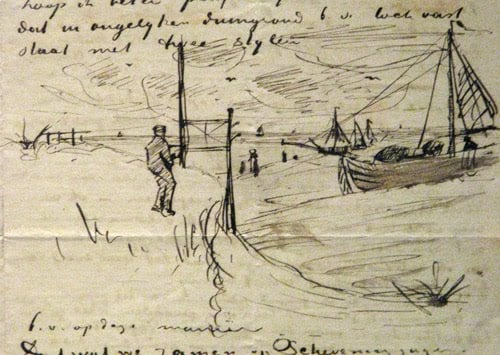
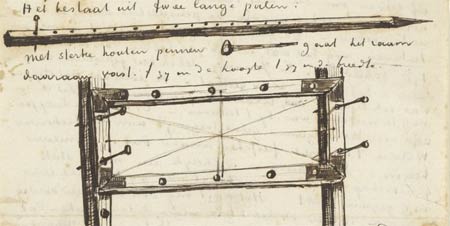
The Rijksmuseum and Stedelijk Museums
The Rijksmuseum has an outstanding display of art which has been renowned for centuries. It was even visited by Vincent van Gogh. The Stedelijk Museum featured a fabulous design exhibition with some of the items shown in the images.



























